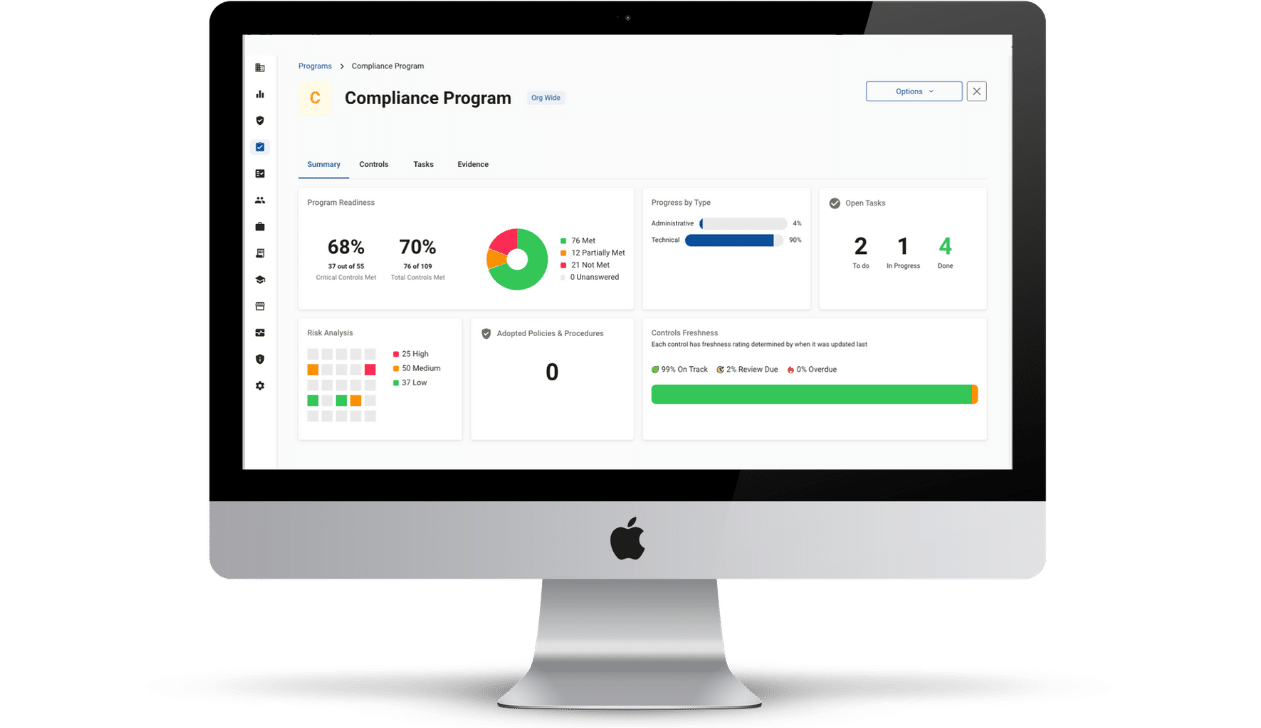Along with that convenience comes the threat of exposure to ionizing radiation to staff members. The Occupational Safety and Health Administration (OSHA) established ionizing radiation standards to limit the risk of exposure to staff and patients. However, what do they mean and where does OSHA’s jurisdiction end?
Ionizing Radiation Standard – OSHA’s Responsibility
Medical or dental staff members can be exposed to ionizing radiation from radiation-generating devices used in diagnostic and therapeutic procedures.
Some examples of these devices include:
- X-ray machines — These devices take a static image of a designated area of the body. Machines can be fixed or portable. Portable machines are the preferred choice for emergency rooms, intensive care units, in nursing homes, in prisons, or in shelters for people experiencing homelessness, where transfer to the hospital radiology department may be an obstacle. Fixed x-rays are generally more powerful than portable units.
- Fluoroscopy units — These devices take a series of x-ray images and combine them to create a “movie” to observe how a body part or organ is working. These units can be fixed or portable and use cases are similar to those for x-ray machines.
- Linear accelerators — A medical linear accelerator (LINAC) is the device most commonly used for external beam radiation treatments for patients with cancer. It delivers high-energy x-rays or electrons to the region of the patient’s tumor.
If you use these devices in your practice, OSHA Healthcare Compliance requires you to meet the requirements of the ionizing radiation standard.
OSHA Ionizing Radiation Standard – Requirements and Limits
Recordkeeping is one important part of maintaining compliance with the Ionizing Radiation Standard, but it’s not the only OSHA guideline for medical offices to consider.
Employers must also do the following:
- Ensure that occupational dose limits are not exceeded;
- Survey radiation hazards to follow the standard;
- Supply appropriate personal monitoring devices like dosimeters;
- Post caution signs, labels, and signals;
- Provide appropriate OSHA training to personnel; and
- Post safe operating procedures.
It may surprise you that all of the above requirements except the first one listed are among the five most common violations cited by OSHA inspectors.
Here are the quarterly ionizing radiation exposure limits established by OSHA for employees age 18 and over:
- Whole body; head and trunk; active blood-forming organs; lens of eyes; or gonads: 1.25 rem per quarter
- Hands and forearms; feet and ankles: 18.75 rem per quarter
- Skin of whole body: 7.5 rem per quarter
For reference, the Nuclear Regulatory Commission (NRC) estimates that the average American is exposed to 0.62 rems per year through a combination of background radiation and human-made sources such as medical procedures.
Ionizing Radiation Standard – Enter the NRC
The NRC, or one of 39 NRC Agreement states, regulates radioactive materials, such as radionuclides used in nuclear medicine that produce ionizing radiation. These can be used to diagnose conditions when a radioactive tracer is injected, swallowed, or inhaled into the body and imaging equipment is used to track how the radioactive material interacts with specific body parts or organs.
Therapeutic uses of tracers like radioactive iodine therapy and brachytherapy (a form of radiation treatment where a sealed radiation source is placed inside or next to the area requiring treatment) are designed to target a harmful organ or tissue with radioactivity that damages or stops the growth of its cells.











